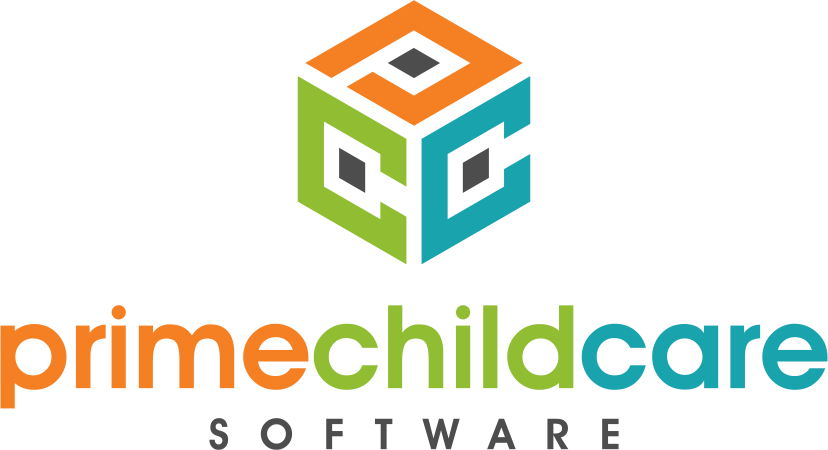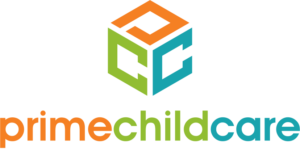🛒 1. Buy in Bulk & Use Cooperative Purchasing
• Join food co-ops or group purchasing organizations (GPOs) to reduce cost per unit.
• Focus on CACFP-compliant staples (e.g., whole grains, frozen vegetables, beans, canned fruits in juice).
📋 2. Plan Menus Strategically
• Use cycle menus to reduce waste and streamline purchasing.
• Incorporate low-cost, high-nutrient items like legumes, oatmeal, and seasonal produce.
• Avoid over-purchasing perishable items.
🗑️ 3. Minimize Food Waste
• Train staff on proper portioning and storage.
• Repurpose leftovers within CACFP guidelines (e.g., use leftover roasted chicken in a soup).
• Monitor and adjust for meal patterns to reduce uneaten food.
👩🍳 4. Prep In-House When Possible
• Preparing meals from scratch can lower costs vs. pre-packaged or processed items.
• Use staff labor efficiently by batching prep work or cross-training.
📊 5. Track and Analyze Food Costs Regularly
• Use spreadsheets or software to track cost per meal.
• Identify trends in overspending or underutilized ingredients.
• Adjust purchasing based on participation patterns and actual consumption.










